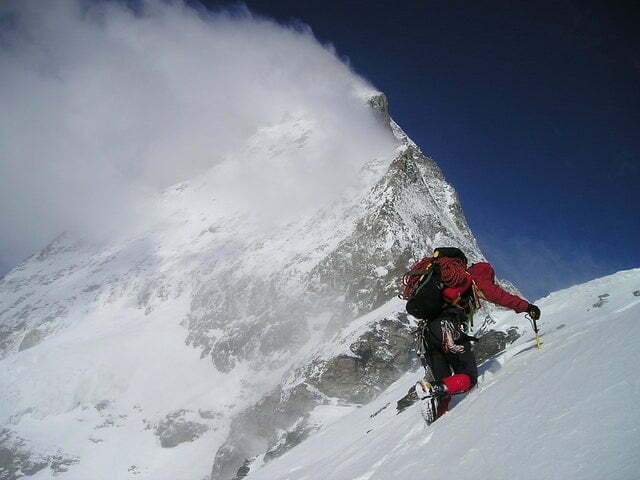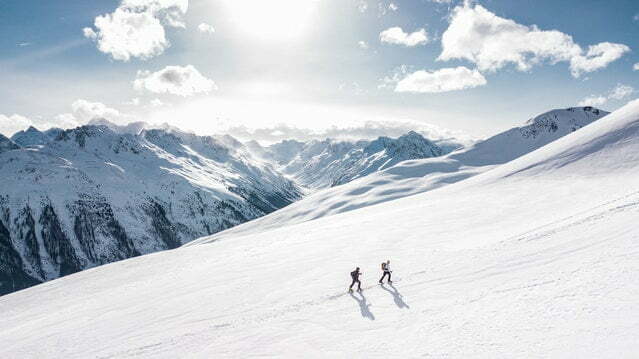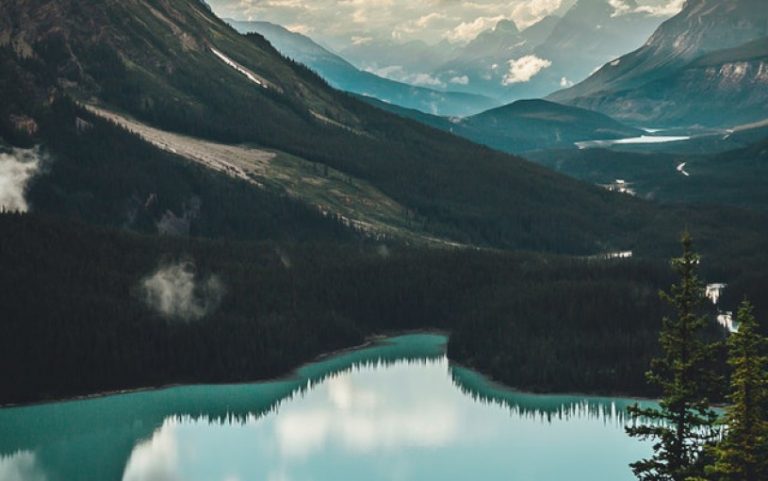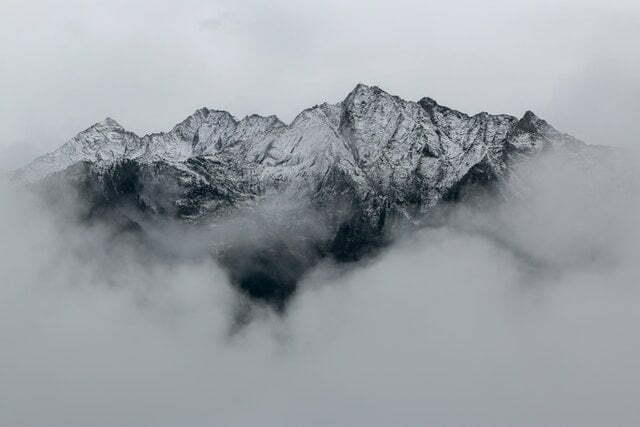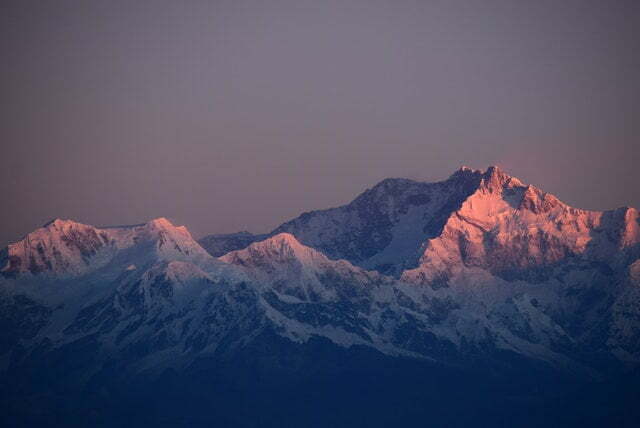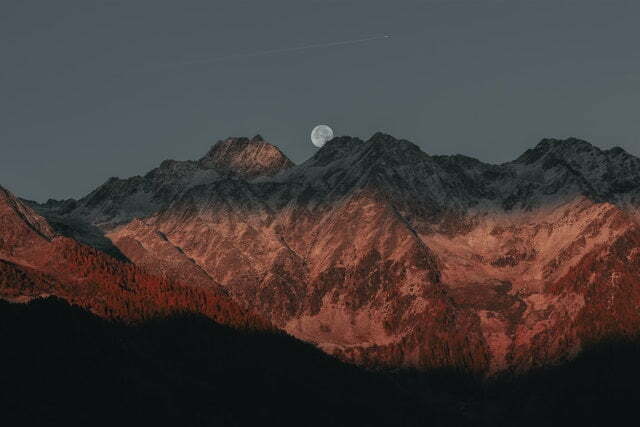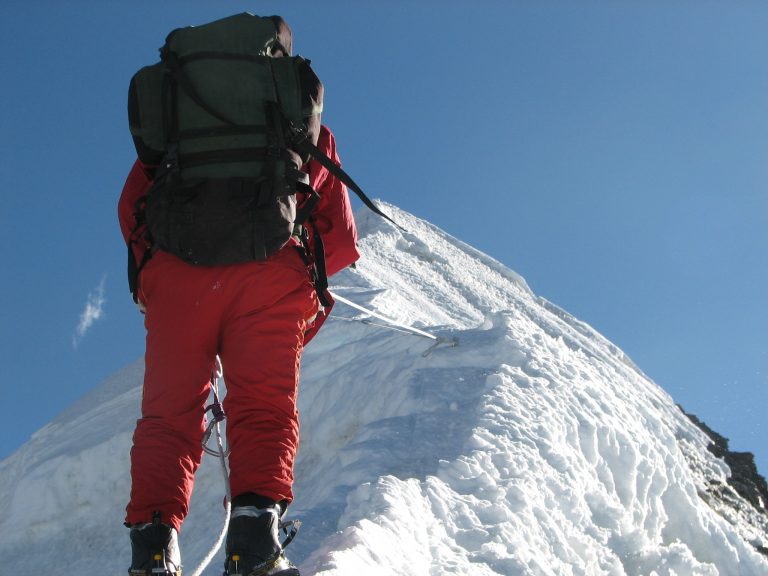
Peak Climbing
Detail
Nepal is known for being home to eight of the 14 tallest mountains in the world above the height of 8000m. Along with these spectacular peaks, the beautiful Himalayan regions of Nepal hold hundreds of magnificent mountain peaks, making Nepal a perfect destination for mountaineering and climbing adventures. Adding on to this factor is the breathtaking topographical diversity at a short distance along with the rich culture which you get to experience along with the thrilling mountaineering and climbing adventures.
However, since this is quite a demanding sport, peak climbing and expedition is not suitable for everyone. It requires at least some prior experience as well as a fit physique that can handle the adverse conditions in the mountain regions. Travelers need to be cautious of changing climatic conditions in the higher altitude as well as altitude sickness. The most popular expedition in Nepal includes Everest Expedition, Ama Dablam Expedition, Pumori Expedition, Manaslu Expedition, Annapurna Expedition, and many more. These expeditions take you close to the highest mountains in the world. The great Himalayan ranges are ready to welcome you! Ranging from 30 to 90 days, the expedition will take you through the highs and lows of Nepal.
Expeditions in Nepal will include rugged forests, diverse flora and fauna, sparkling lakes, glistening glaciers, and views of breathtaking mountain peaks that will take your breath away. Mera Peak, Island Peak, Lobuche East, Lobuche West, and so on are some of the peak climbing destinations in the Everest Region. You can also enjoy climbing along Chulu East, Chulu West, Pisang Peak, and many more in Annapurna Region or Yala Peaks in the Langtang region. Hiunchuli, Kusum Kangaru, Mt. Cholatse, Mt. Bokta are many other peak climbing destinations
in Nepal. With 326 peaks currently open for climbing, Nepal is quite honestly a premier peak
climbing destination.
The best time for peak climbing and expeditions will be during spring or autumn, which falls
between October and November and March to May, respectively. Spring and autumn is the time
when the weather is warmer, and there are fewer chances of rainfall or avalanches in the
mountain regions. The view is also spectacular as the skies are mostly blue and clear.




